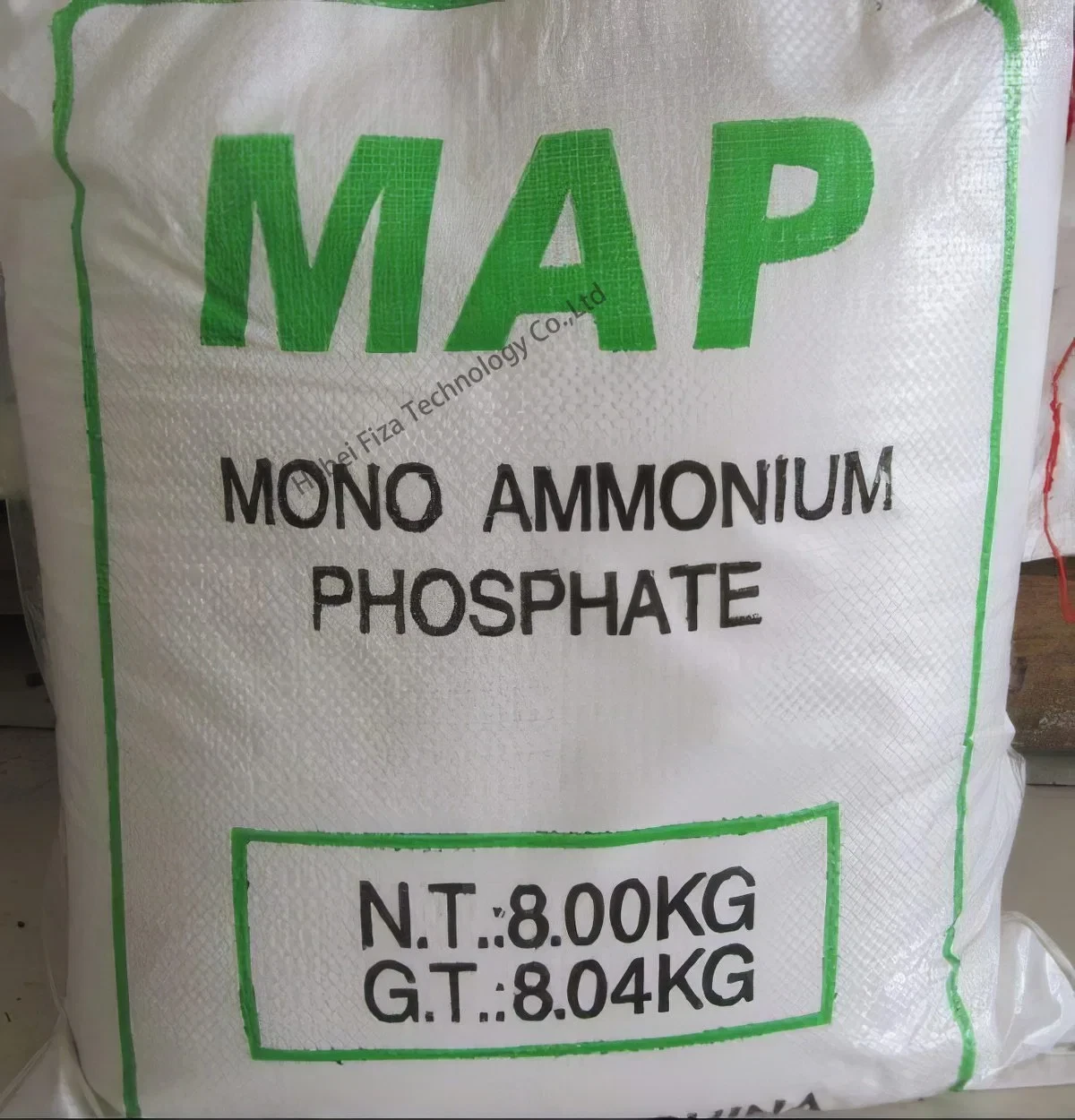



polyacrylamide plant
The Importance of Polyacrylamide Plants in Modern Industry
Polyacrylamide (PAM) is a versatile polymer that plays a critical role in various industrial applications, including water treatment, soil stabilization, and oil recovery. The establishment of polyacrylamide plants is essential to ensure a steady supply of this valuable compound, which has gained increasing significance in today's world. This article explores the importance, applications, and environmental considerations associated with polyacrylamide plants.
Understanding Polyacrylamide
Polyacrylamide is synthesized from acrylamide monomers through a process called polymerization. The resulting polymer can exist in different forms, including anionic, cationic, and non-ionic, depending on the specific needs of the application. Its unique properties, such as high water solubility, excellent adhesion, and chemical stability, make it valuable across diverse industries.
Applications of Polyacrylamide
1. Water Treatment One of the most significant uses of polyacrylamide is in water treatment processes. It acts as a flocculating agent, aiding in the removal of suspended particles from water. By aggregating small particles into larger ones, PAM improves the efficiency of sedimentation and filtration processes in municipal and industrial wastewater treatment, contributing to cleaner water resources.
2. Soil Stabilization and Erosion Control In the agricultural sector, polyacrylamide helps enhance soil structure and fertility. It binds soil particles together, reducing erosion and promoting water retention. This is particularly beneficial in arid regions, where soil degradation poses a significant challenge to sustainable agriculture. By using PAM, farmers can improve crop yields and reduce the need for chemical fertilizers.
3. Oil and Gas Industry Polyacrylamide is also a critical component in enhanced oil recovery (EOR) techniques. It is employed in water flooding and gas injection processes to improve the extraction of crude oil from reservoirs. By increasing the viscosity of injection fluids, PAM promotes better oil displacement, resulting in higher recovery rates.
4. Paper and Pulp Industry The paper industry utilizes polyacrylamide as a retention aid in the papermaking process. It enhances fiber retention and improves the overall quality of paper products. This application highlights the polymer's versatility and its role in the production of everyday goods.
polyacrylamide plant

Environmental Considerations
While polyacrylamide offers numerous benefits, the establishment of polyacrylamide plants must consider environmental implications. One of the major concerns is the potential toxicity of acrylamide, a carcinogenic compound if not handled properly. Therefore, modern polyacrylamide manufacturing facilities must adhere to stringent safety regulations and implement best practices to minimize risks.
Investments in research and development are essential for creating safer polymerization processes and exploring the use of bio-based alternatives. The industry is actively seeking to reduce its carbon footprint and adopt more sustainable practices, including recycling and reusing materials.
Economic Impact
The construction and operation of polyacrylamide plants can significantly contribute to local economies. These facilities create jobs, stimulate local businesses, and provide essential products for various industries. The global demand for polyacrylamide continues to rise, driven by the expanding needs in agriculture, water purification, and oil extraction.
Moreover, as countries strive for environmental sustainability, the role of polyacrylamide in mitigating pollution and promoting efficient resource use will likely lead to further investment in production facilities. By providing essential solutions, polyacrylamide plants are positioned to become pillars of modern industrial development.
Conclusion
Polyacrylamide plants serve a vital function in supplying this key polymer to industries worldwide. With applications ranging from water treatment to agriculture and oil recovery, PAM plays a crucial role in addressing contemporary challenges. As manufacturers focus on sustainable practices and safety, the importance of polyacrylamide plants will only increase in the future. Properly managed, these facilities hold the potential to contribute positively to environmental conservation while supporting economic growth and improving industrial efficiency.
-
Why Sodium Persulfate Is Everywhere NowNewsJul.07,2025
-
Why Polyacrylamide Is in High DemandNewsJul.07,2025
-
Understanding Paint Chemicals and Their ApplicationsNewsJul.07,2025
-
Smart Use Of Mining ChemicalsNewsJul.07,2025
-
Practical Uses of Potassium MonopersulfateNewsJul.07,2025
-
Agrochemicals In Real FarmingNewsJul.07,2025
-
Sodium Chlorite Hot UsesNewsJul.01,2025










